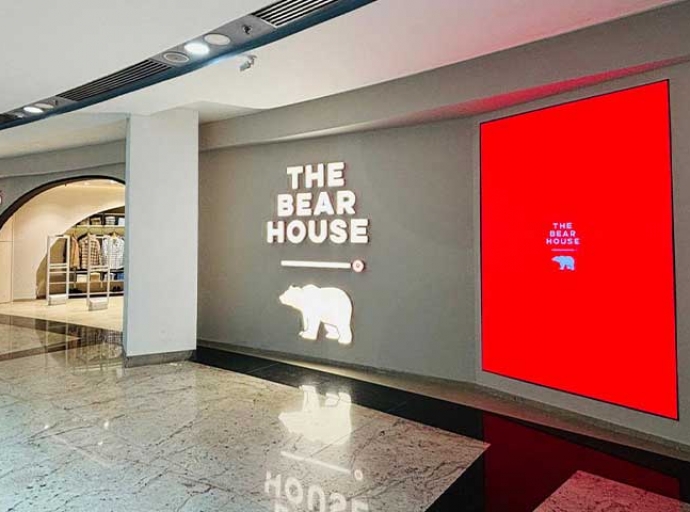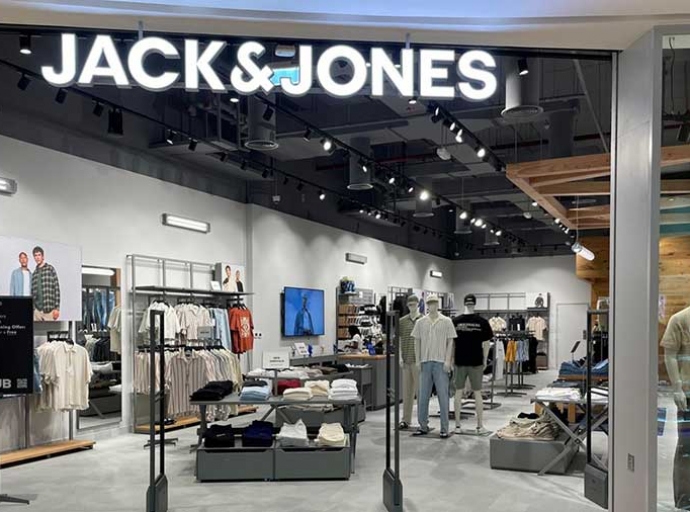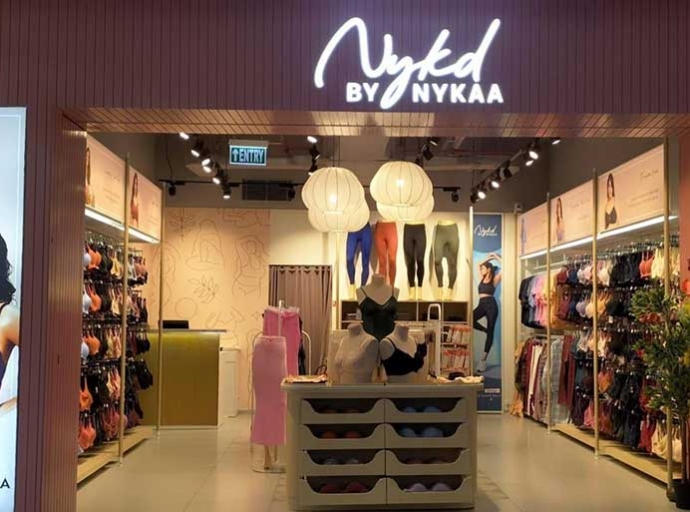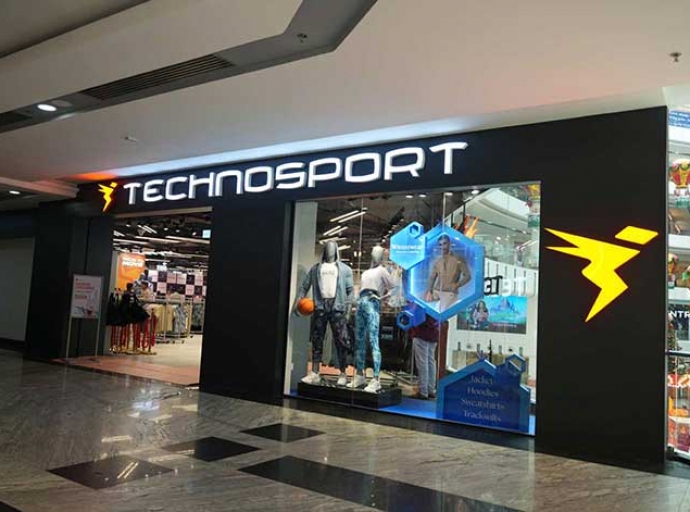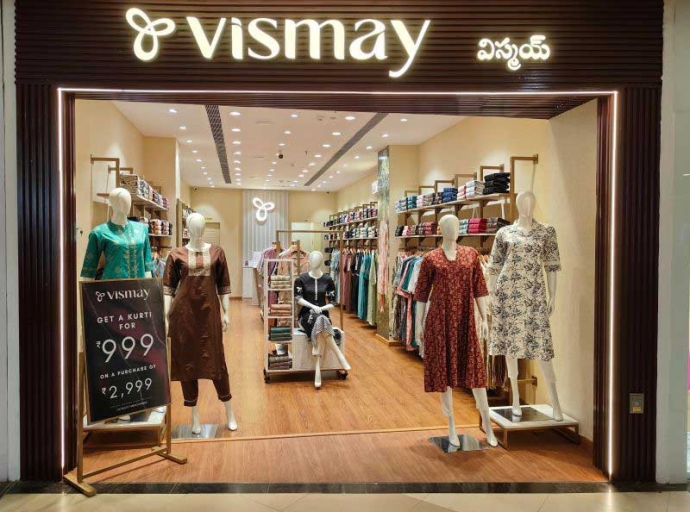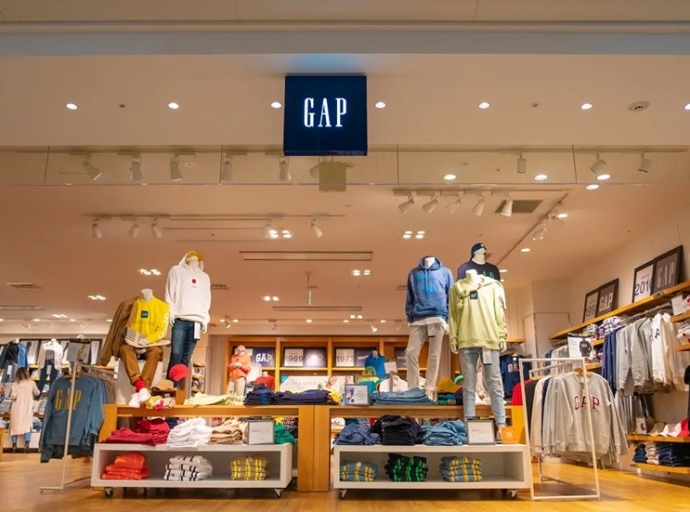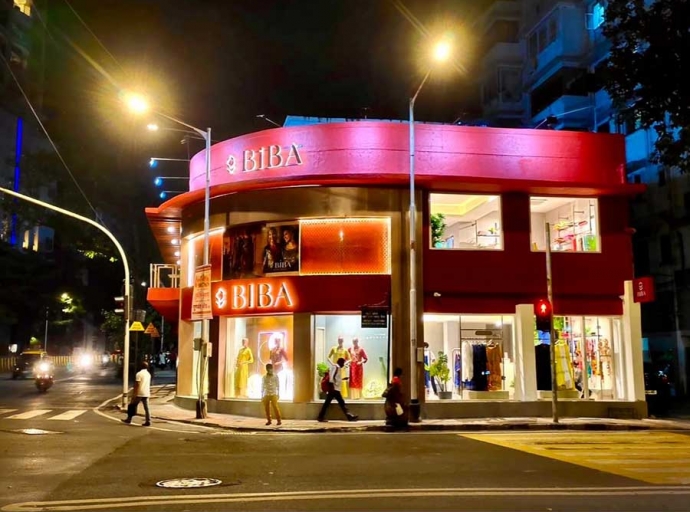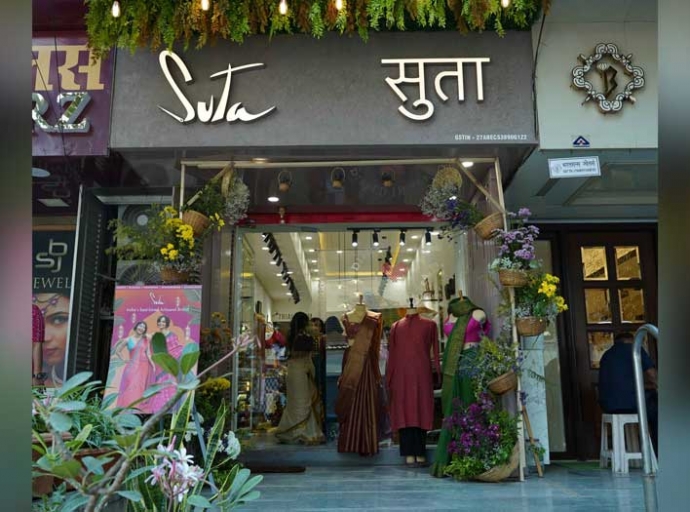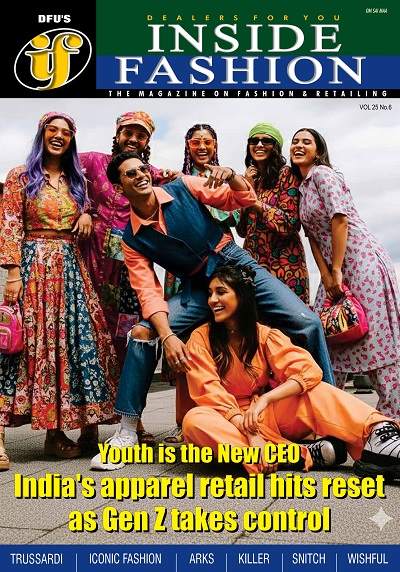06 December 2025, Mumbai
Signaling a definitive shit in the organized retail landscape of Bhopal, prominent casualwear brands US Polo Assn and Arrow are launching their inaugural stores in the upcoming mall Bansal Plaza.
This development is a clear manifestation of India's leading apparel retailers focusing their aggressive expansion strategies on Tier-II cities, where economic growth and consumer aspirations are rapidly converging.
This strategic choice of Bhopal - a city previously underrepresented by premium national fashion chains in dedicated mall spaces - reflects a major industry trend: the pursuit of the high-growth, high-potential non-metro consumer.
Read our latest issue
Market data indicates, organized retail is growing three times faster in Tier-II and Tier-III cities compared to major metropolitan areas.
More than just filling a vacancy, this move by USPA and Arrow aims to establish an early-mover advantage in a market where consumers are ready to transact at full price in high-quality retail environments.
By opening in Bansal Plaza, these brands are validating the mall as a destination and setting a new benchmark for the retail experience in the region.
The presence of brands like Arrow, known for its professional and polished casual apparel, and USPA, a global sportswear giant, provides the mall's inaugural retail mix with credibility and drawing power.
In particular, USPA views India as one of its most critical growth markets globally, aiming for its India sales to eventually approach a billion dollars.
Their strategy involves large-format stores that offer a complete lifestyle experience, integrating their core apparel lines with fast-growing categories like footwear and kidswear.
Similarly, Arrow's investment in a new mall space in Bhopal underscores their belief in the aspirational consumer who is transitioning their wardrobe toward structured, branded casuals for both work and leisure.
This store opening is not just a commercial transaction; it is a direct investment in the consumption potential of Central India.


